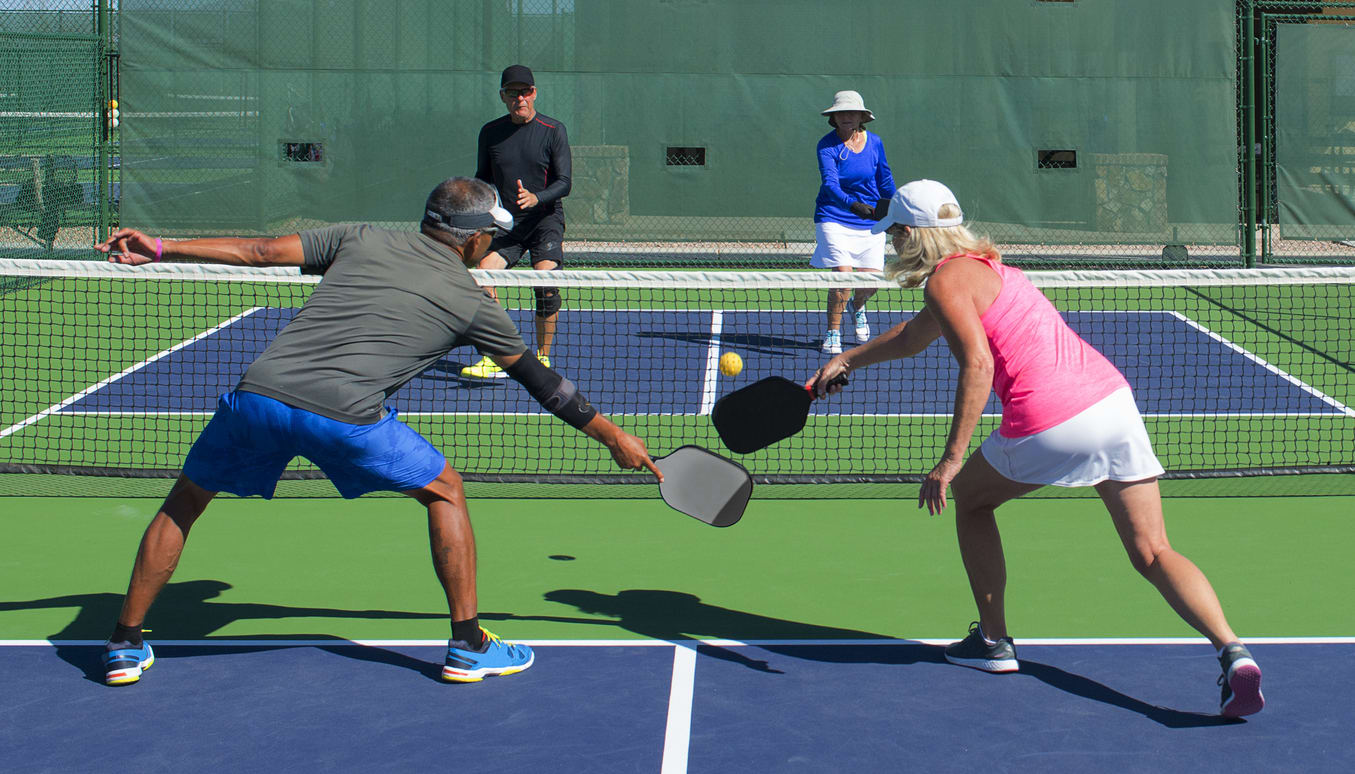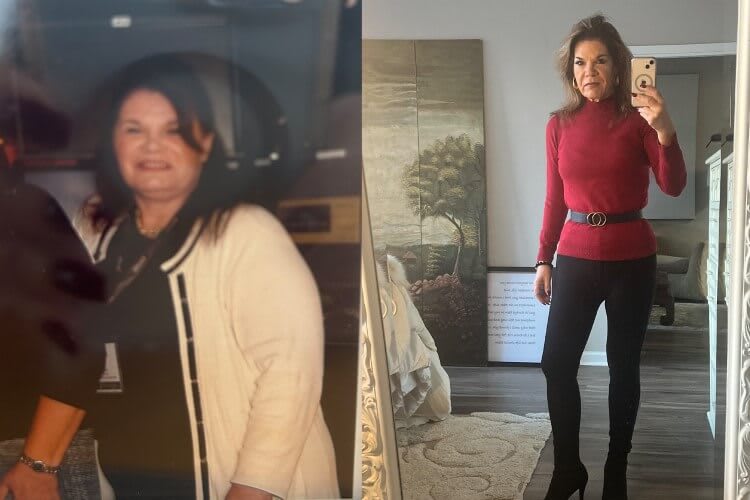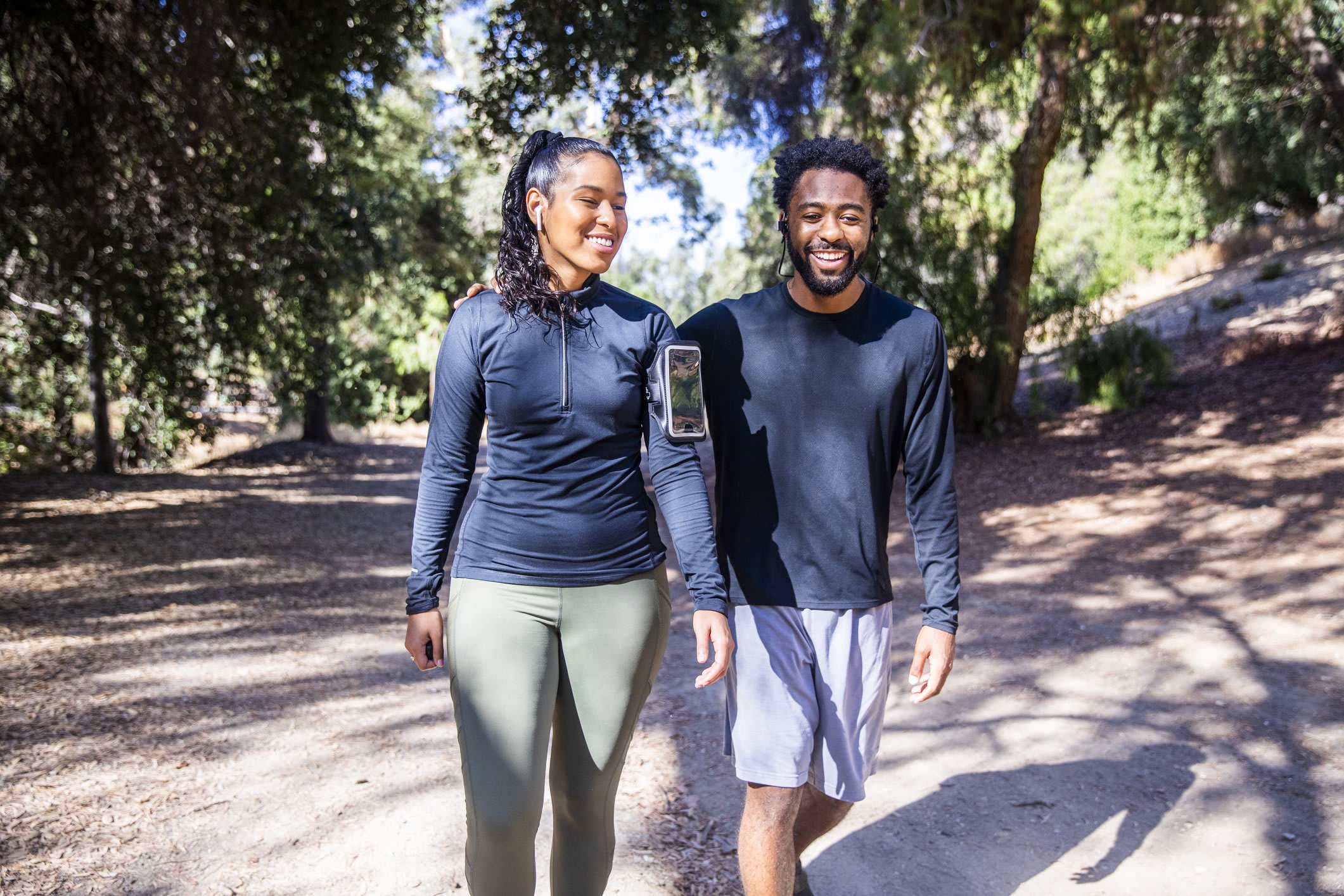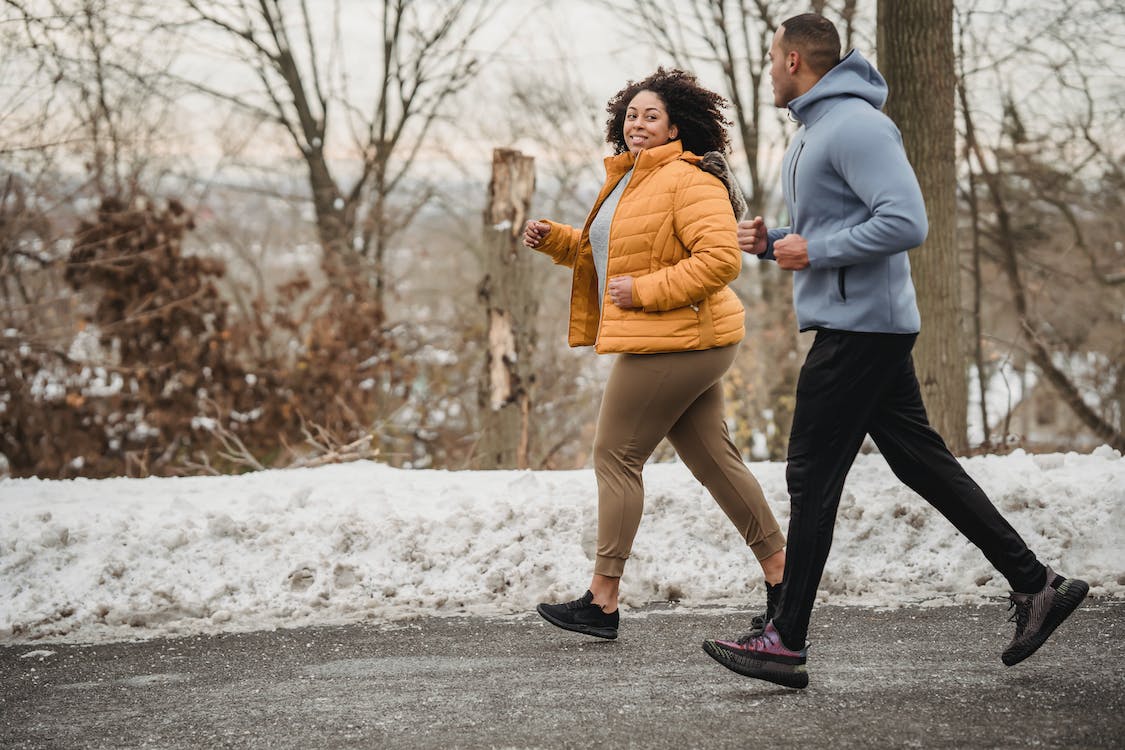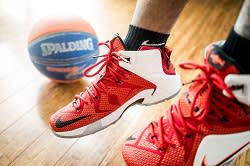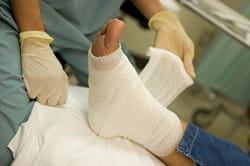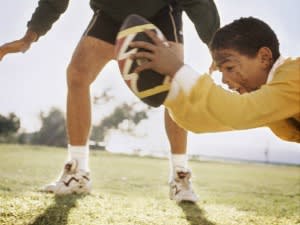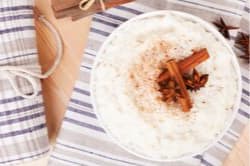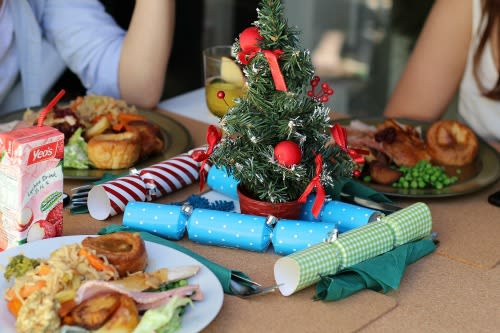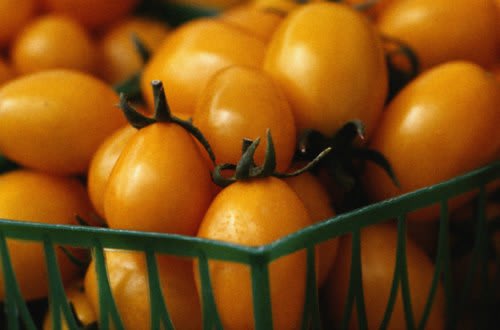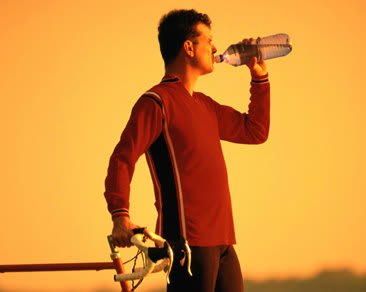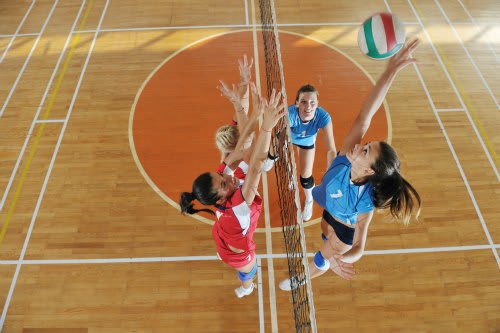Can a Healthy Diet Treat Osteoporosis?
Published: June 01, 2014l
Osteoporosis is the thinning of bone tissue and loss of bone density over time. It occurs when the body doesn’t form enough bone during bone building years (birth – about 18 years old) or when old bone is reabsorbed by the body in large amounts due mainly to diet low in calcium and vitamin D which are the building blocks of healthy bones by maintaining bone density. Aside of diet low on Calcium and vitamin D, there are other factors contributing to osteoporosis (listed below). Osteopenia is a condition where bone mineral density is lower than normal. Many physicians consider this to be a precursor to osteoporosis. Osteoporosis is a major concern because there are very few symptoms prior bone fractions.
Women are more likely to develop osteoporosis than men. Bone mass starts to decrease around 30 years of age and continues to decrease as we grow older because we do not build any new bone at that time. This process is accelerated for women near menopause. A diet low in Calcium and vitamin D, smoking and excessive caffeine, sodas (mainly dark sodas) or alcohol consumption also increases the risk for osteoporosis. The best treatment for osteoporosis is prevention. Diet, exercise and a healthy lifestyle are keys to preventing and managing this disease.
What are the Dietary and Lifestyle Recommendations?
1. Calcium and Vitamin D: work together to help form and maintain healthy bones.
General guidelines for Calcium and vitamin D are:
| Age Group | Calcium | Vitamin D |
| *Children ages 4 to 8 | 1,000 milligrams | 400 International Units |
| *Children 9-18 | 1300 milligrams | 400 IU’s |
| Adults 19-50 | 1000 milligrams | 400-800 IU’s |
| Woman >50, Men >70 | 1200 milligrams | 800-1000 IU’s |
*These are the years where the bone develops its density. A diet rich in Calcium and vitamin D is needed to build thicker, stronger bones. In addition, it is advised to limit soda consumption because they are directly related to thinning of our bones.
Examples of foods rich in calcium and vitamin D include:
| Serving Size | Estimated Calcium | Estimated Vitamin D | |
| Collard greens, frozen | 8 oz. | 360 mg | 0 |
| Broccoli rabe | 8 oz. | 200 mg | 0 |
| Kale, frozen | 8 oz. | 180 mg | 0 |
| Sardines, canned with bones | 3 oz. | 325 mg | 200-360 IU |
| Salmon, canned with bones | 3 oz. | 180 mg | 200-360 IU |
| Yogurt, plain, low-fat | 6 oz. | 310 mg | 0 |
| Milk, skim, low-fat, whole | 8 oz. | 300 mg | 98 IU |
| Cottage Cheese, 2% | 4 oz. | 105 mg | 0 |
| Almond milk, rice milk or soy milk, fortified | 8 oz. | 300 mg | 3 mcg. |
| Orange juice and other fruit juices, fortified | 8 oz. | 300 mg | 2 mg. |
- Vitamin K: helps boost bone density by building protein. Found in leafy green vegetables such as Swiss chard, spinach, kale or broccoli
- Magnesium: enables the bones to absorb calcium. Found in beans, almonds, whole grains help convert Vitamin D into its active form, which
- Potassium: helps to preserve muscle mass. Found in foods such as sweet potato, banana, yogurt and broccoli
Lifestyle habits to help build strong bones:
- Do more weight –bearing exercise such as jogging, hiking, yoga or tennis or lift weights and/or use resistant bands.
- Decrease the amount of caffeine and sodas consumed per day since they pull calcium from the bones.
- Read food labels for sodium content. Too much salt in the diet may interfere with calcium absorption. Average sodium should be no more than 2400ml/day for healthy people.
- Drink alcohol in moderation. Alcoholic beverages may interfere with calcium and vitamin D absorption.
- Don’t Smoke- studies show that smoking decreases calcium absorption and may lead to decreased bone mass.
- Ten- fifteen minutes of sun exposure (without sun protection) twice a week. This allows your body to make the vitamin D needed. Avoid sun exposure during the hours 10am-4pm.
References:
Featured Expert/ Author







